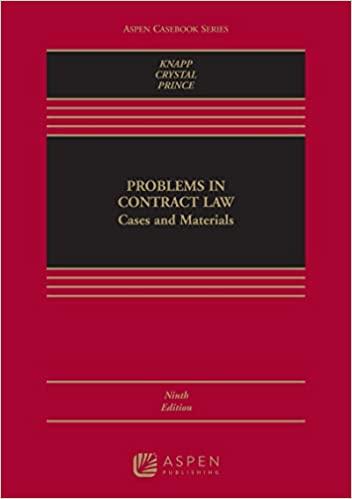Question
Global legal challenges - Unit 1, Activity 6 30 MARKS Part 1: Who does what? INSTRUCTIONS It is a big world and many international organizations,
Global legal challenges - Unit 1, Activity 6
30 MARKS
Part 1: Who does what?
INSTRUCTIONS
It is a big world and many international organizations, groups and individuals are working to effect legal change in areas of concern. Use the graphic organizer provided to gather information about some of theinternational governmental organizations, the non-governmental organizations and the individuals who work to address emerginglegal issues.
Each column has a question that relates to thelegal thinking concepts;legal significance, legal perspective, change and continuity and interrelationships.
Respond to the questions using your own words.Make you use credible and acceptable websites for your research. It is important to document your sources. Please use the chart to record the information about your sources.
Adjust the document as required and submit it to your teacher.
International Bodies
| International Organization | What is the history of the organization? | Who are the member states and what role do they play in the organization? | What is the purpose of the organization? |
| NATO | |||
| Arctic Council | |||
| NORAD |
Non-Governmental Organizations
| NGO
| What is the purpose of the organization and when was it established? | What methods does the group use to advocate change and with whom does the group work to achieve their goals? | What issues are of concern to this group? |
| Human Rights Watch | |||
| Amnesty International | |||
| Ecojustice |
Individuals
| Individual | Who is this person and why is he or she legally significant? | How does this person advocate and achieve change? | What is the legal focus of his or her efforts? |
| Stephen Lewis | |||
| Louise Arbour | |||
| Shirin Ebadi |
Part Two: Thinking about Sources
Please take a moment to consider your sources in detail using some of these questions as a guide fill the chart given.
What type of document or source did you use?
Are there any interesting characteristics of the source; something that attracted your attention? Explain.
For what audience was the document written? How do you know?
Are the layout and format presented in a professional manner? Consider spelling, grammar, use of colour, images and layout.
What are the author or creator credentials and when was it written? What is the copyright date? Hint: Look for qualifications, role and educational background.
Look at the domain. Is it a .org site or a .com site, with ads, for example? Why do you think this might matter?
Is the site or source easy to navigate and user-friendly?Was it written in a way that was easy to understand?
Is there evidence of bias? Identify the reasons for your decision. If yes, does this alter the authority of the source? Why or why not?
Is there another source that supports the information of the first? Why is this important?
Source Information: Use the table below to jot down the information for your sources.Please add more rows as needed.
| Name the Sources | Author or Creator | Website or Publisher | Date published | Website or Place of Publication |
Step by Step Solution
There are 3 Steps involved in it
Step: 1

Get Instant Access to Expert-Tailored Solutions
See step-by-step solutions with expert insights and AI powered tools for academic success
Step: 2

Step: 3

Ace Your Homework with AI
Get the answers you need in no time with our AI-driven, step-by-step assistance
Get Started


